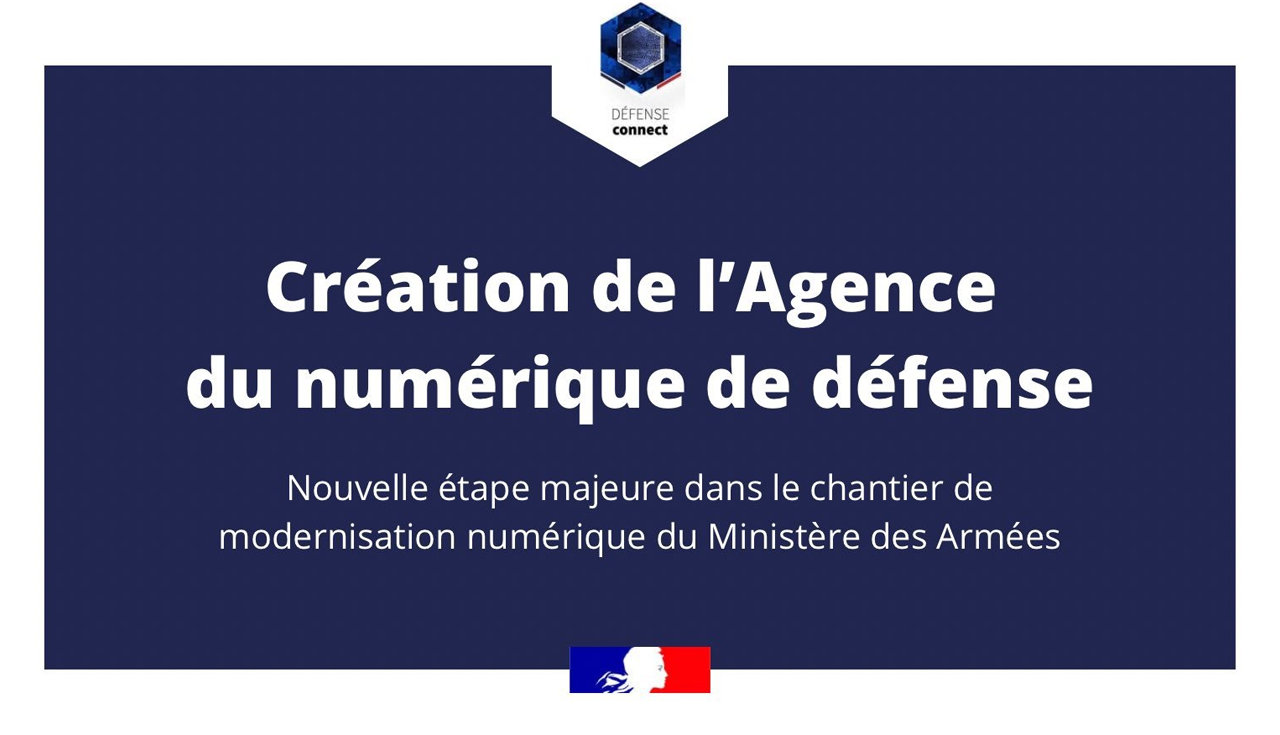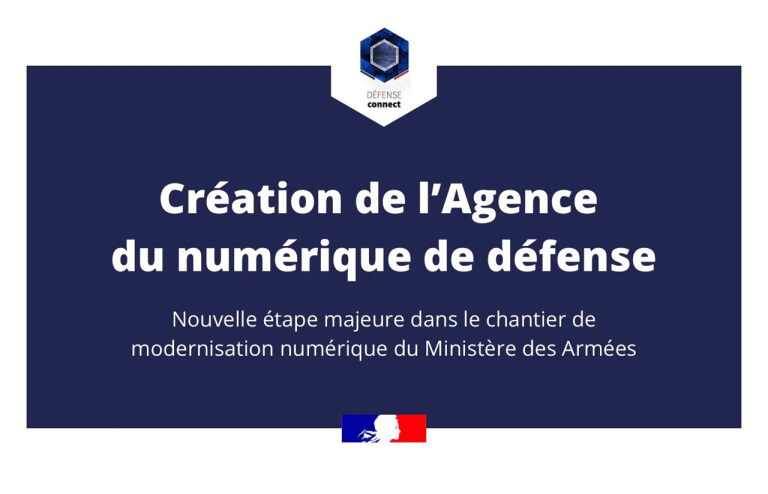
The French ‘Digital Defence Agency’ has been established
Articles by the same author:
1
3
4



On 1 December 2020, the French Minister of the Armed Forces, Florence Parly, announced the creation of the ‘AND’ (Agence du numérique de défense, or Digital Defence Agency), emphasising that “digital technology is playing an increasingly important role in the operational and functional capabilities of the Ministry of the Armed Forces. Several thousand civilian and military agents and nearly 1,500 information and communication systems contribute directly or indirectly to the ministry’s missions.” The Minister added that “it is urgent to simplify our ways of working for better operational efficiency. The Ministry of the Armed Forces is a pioneer in this area and intends to remain so. More than ever, a solid, reliable, and efficient digital environment is a guarantee of resilience.“
After a four-month prefiguration period, the Order of 23 April 2021 gave birth to this national agency, reporting to the Delegate-General for Armaments. Since 5 May, it has been directed by the Engineer-General of Armaments, 1st class (IGA), Dominique Luzeaux, former Deputy Director for Plans at the DIRISI (Joint Directorate of Infrastructure Networks and Information Systems of Defence).
This agency will contribute to the issues of operational superiority and information control within the Ministry by making an in-depth review of the digital environment to meet the growing challenges linked to the Ministry’s transformation. Within a constrained budgetary framework, it must enable the Ministry to make even better use of its budgets and staff so as to meet the challenges of digital transformation.
It is part of an already rich digital ecosystem that includes DIRISI, DGNUM (Direction Générale du Numérique, or Directorate-General for Digital Affairs), and COMCYBER (Cyber Defence Command). Proximity through the digital environment that brings them together, but differentiation through the missions carried out.
DGNUM, which reports directly to the Minister, has a strategic steering and coordination role. DIRISI operates all the networks, applications, and IS infrastructures. It administers and operates, which means that it guarantees the proper functioning of IT for both the armed forces and services, and it is also the IT buyer for the Ministry and for certain interministerial contracts. As for COMCYBER, it is the Ministry’s ‘ANSSI’ (National Agency for the Security of Information Systems) and implements the operational actions carried out by the armed forces.
According to Article 2 of the Order, the Agency’s tasks include:
– to manage complex or high-stakes digital projects on behalf of staffs, directorates, and services throughout their life cycle (design, implementation, deployment, and withdrawal). Complexity is analysed from a technical point of view, when the projects involve several stakeholders who may have different expectations and are financed on several different budget lines;
– to federate and pool existing capabilities in the field of digital project management and to disseminate best practices;
– to advise the armed forces, directorates, and services on the definition of their digital needs and to ensure the optimisation of the human and financial resources they devote to them;
– to contribute to the implementation of the industrial policy of the Ministry of the Armed Forces in the field of digital information systems technologies, in conjunction with DGNUM and DGA (Directorate-General for Armaments). As a priority, the Agency will facilitate access to public procurement contracts for very small businesses—particularly through groupings—to promote technological innovation or breakthrough in usage;
A steering committee of the Digital Defence Agency, chaired by the Delegate-General for Armaments and bringing together representatives of the staffs, directorates, and services, guides and evaluates the activities of the Agency.
The Agency has its own staff, but it exercises functional authority over the leaders of projects for which it is responsible, as well as over the personnel who are subordinate to them in the conduct of these projects (Art. 3).